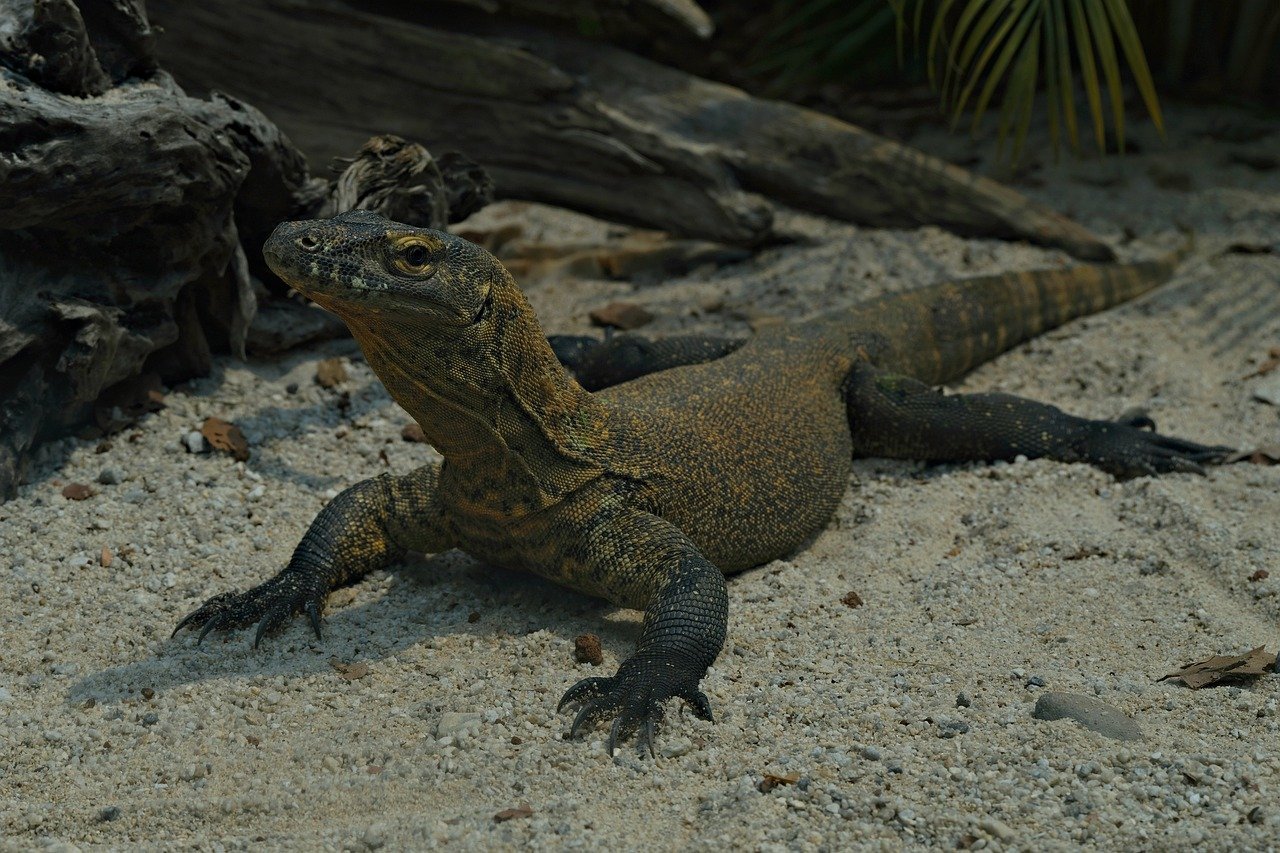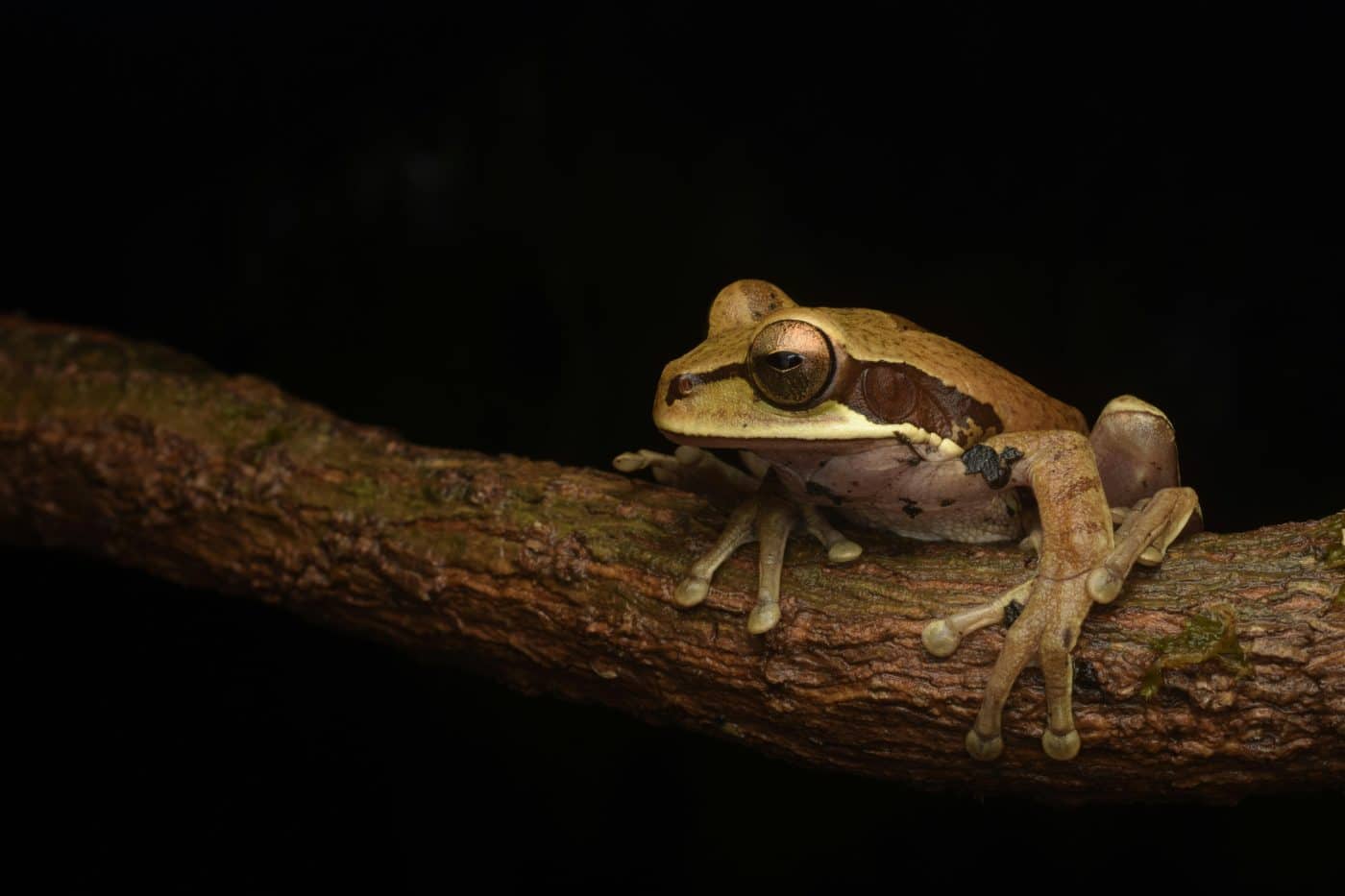 Shutterstock
Shutterstock
The animal kingdom is full of fascinating creatures, many of which have developed extraordinary adaptations to survive and thrive in their unique environments. While scientists have made significant progress in understanding how some of these adaptations work, there are still several mysterious traits that continue to baffle experts. From the ability of certain animals to regenerate lost limbs to bizarre forms of camouflage, these adaptations challenge our understanding of biology and evolution. Let’s explore some of the most perplexing animal adaptations that still have scientists scratching their heads.
Axolotl’s Regeneration Powers
 Shutterstock
Shutterstock
The axolotl, a type of salamander, is famous for its ability to regenerate lost body parts, including limbs, spinal cord, heart, and even parts of its brain. While scientists know that axolotls can produce new cells to replace lost tissue, the exact mechanisms behind this incredible regenerative ability remain a mystery. Unlike most animals, which scar over a wound and heal it, the axolotl can perfectly regenerate complex tissues without scarring. Understanding how the axolotl does this could revolutionize regenerative medicine and offer insights into human healing processes.
Tardigrades’ Survival Abilities
 Shutterstock
Shutterstock
Tardigrades, also known as water bears, are microscopic creatures that can survive in some of the most extreme conditions imaginable. They can endure freezing temperatures, boiling water, high radiation levels, and even the vacuum of space. This resilience is due to a special protein they produce that helps them enter a state called cryptobiosis, where their metabolism essentially stops, allowing them to survive without food or water for years. However, scientists are still unsure exactly how this protein works or why it makes tardigrades so incredibly resistant to environmental stressors. Their ability to survive the harshest conditions on Earth—and beyond—remains one of nature’s greatest mysteries.
Cuttlefish’s Camouflage Mastery
 Shutterstock
Shutterstock
Cuttlefish are famous for their ability to change the color and texture of their skin to blend into their surroundings. This camouflage ability is achieved by specialized cells in their skin called chromatophores, which contain pigment, and leucophores, which reflect light. However, despite research into these unique cells, scientists are still unsure how the cuttlefish controls such complex changes in real time. The speed and precision with which they can alter their appearance, almost instantly matching the texture and color of any object around them, remain a fascinating mystery. Their ability to camouflage in such a sophisticated manner is still not fully understood.
Komodo Dragon’s Venom
 Shutterstock
Shutterstock
Komodo dragons, the largest lizards on Earth, have long been feared for their powerful bite, but recent studies have revealed that their venom plays a significant role in their ability to take down prey. The venom, which is delivered through grooves in the dragon’s teeth, causes paralysis, blood clotting, and shock in its prey. While scientists have identified the components of the venom, they are still unclear about the exact mechanism through which it works. Researchers are also puzzled by how the Komodo dragon evolved this venomous bite, as many reptiles of its size do not possess such a dangerous weapon.
Immortal Jellyfish’s Reversing Aging Process
 Shutterstock
Shutterstock
The immortal jellyfish, scientifically known as Turritopsis dohrnii, has the remarkable ability to reverse its aging process and revert to a juvenile state when faced with unfavorable conditions. This process, called transdifferentiation, allows the jellyfish to essentially “reset” its life cycle, potentially living forever. While scientists have studied this phenomenon extensively, they still don’t fully understand how the jellyfish manages to reverse its biological clock. The ability to turn back time, so to speak, makes this creature one of the most fascinating and enigmatic organisms in the ocean.
Vampire Bat’s Blood-thinning Saliva
 Shutterstock
Shutterstock
Vampire bats are known for feeding on the blood of other animals, but their saliva has an adaptation that helps them do so without alerting their prey. Vampire bat saliva contains an enzyme called Draculin, which prevents blood from clotting and allows them to feed for extended periods. While scientists know the properties of Draculin, they are still researching how it evolved and how it remains effective over time. The complexity of the bat’s feeding method and its ability to remain undetected while feeding on blood is a mysterious adaptation that has intrigued biologists for years.
Narwhal’s Spiral Tooth
 Shutterstock
Shutterstock
The narwhal is often called the “unicorn of the sea” due to its long, spiral tusk that protrudes from its head. For many years, scientists were unsure about the purpose of this unique tooth, which is an elongated tooth that grows through the male narwhal’s upper jaw. While it’s been suggested that the tusk might be used in mating displays or for navigation, the exact reason for its spiral shape remains a mystery. Some scientists even believe the tusk could be sensory, helping the narwhal detect changes in its environment, but research is still ongoing to fully understand its function.
Firefly’s Bioluminescence
 Shutterstock
Shutterstock
Fireflies are known for their ability to emit light, a process called bioluminescence. While the chemical reaction behind bioluminescence has been well understood, scientists still don’t know why fireflies produce light in such an intricate and specific manner. The light is used in mating rituals and communication, but why fireflies evolved such an elaborate method of signaling remains unclear. The timing, color, and intensity of their light displays are highly specific and vary by species, suggesting that there may be even more to learn about the reasons behind this glowing behavior.
Honeybee’s Waggle Dance
 Shutterstock
Shutterstock
Honeybees are known for their incredible ability to communicate the location of food sources through the “waggle dance.” When a bee finds nectar, it returns to the hive and performs a unique dance to tell other bees the direction and distance to the food. This behavior is fascinating, as it involves a complex use of angles, movements, and vibrations to convey information. While scientists understand the mechanics of the dance, the exact reasons for this particular method of communication remain unclear. Researchers are still studying how bees developed this behavior and why it works so efficiently.
The Wood Frog’s Freeze Tolerance
 Shutterstock
Shutterstock
The wood frog, native to North America, has an extraordinary ability to survive freezing temperatures. In winter, it enters a state of hibernation where its body freezes solid. Despite being essentially frozen, the frog’s heart stops beating, and its body temperature drops to below freezing. When the temperatures rise, the frog thaws out and resumes its normal functions. The mechanism behind the wood frog’s freeze tolerance is not fully understood, though it is believed to involve special cryoprotectants that prevent cell damage. This ability to survive freezing temperatures continues to fascinate researchers.
Platypus’ Egg-Laying Mammal Status
 Shutterstock
Shutterstock
The platypus is already an odd creature by mammalian standards, but its ability to lay eggs makes it even more unusual. As one of only five extant species of monotremes, platypuses challenge what we know about mammals. Scientists have long debated the evolutionary significance of this egg-laying feature. Some believe it is an ancient trait that the platypus inherited from its distant ancestors, while others are still researching how this unusual reproductive method fits into the mammalian family tree. The platypus’s ability to lay eggs remains one of the most perplexing biological mysteries.
Pistol Shrimp’s Sonic Weapon
 Shutterstock
Shutterstock
Pistol shrimp are tiny but powerful creatures that use their large claw to create a shockwave capable of stunning or killing prey. When the shrimp snaps its claw, it creates a bubble that travels at a speed fast enough to generate a loud popping noise and intense pressure, similar to a mini sonic boom. The remarkable thing is that scientists still don’t completely understand how the shrimp can produce such a powerful force with its tiny claw. The snapping claw’s physics is still under study, and researchers are puzzled by how such a small creature evolved this remarkable weapon.
Sloths’ Slow Metabolism and Survival Strategy
 Shutterstock
Shutterstock
Sloths are known for their slow movements and low metabolic rate. This lethargic lifestyle helps them conserve energy and avoid being noticed by predators. What’s truly mysterious, however, is how sloths can survive on such a low-calorie diet, feeding mostly on leaves that offer little nutritional value. While scientists have studied sloths’ digestive systems and their ability to conserve energy, they still don’t fully understand how sloths evolved this strategy to survive in an environment full of predators. Their slow pace and specialized metabolic processes remain a wonder of evolution.
“Nature’s Got Some Weird Stuff”
 Shutterstock
Shutterstock
Nature sure knows how to keep us on our toes! From the axolotl’s ability to regenerate entire limbs to the archerfish’s skill in shooting water with pinpoint accuracy, these animal adaptations show just how creative evolution can be. While scientists may have unraveled some mysteries, there’s still so much to learn about the complex and sometimes bizarre ways animals have evolved to survive. Who knows what else is out there in the animal kingdom just waiting to baffle us? Stay tuned!
 Toledo, United States.
Toledo, United States.